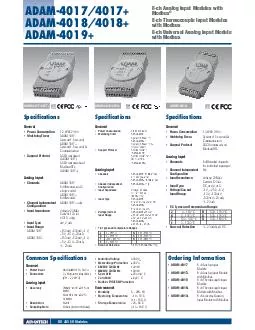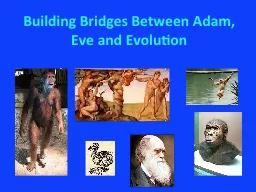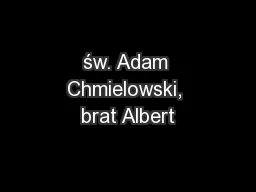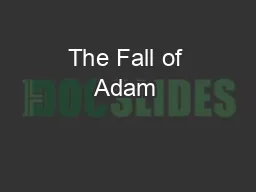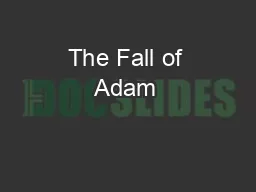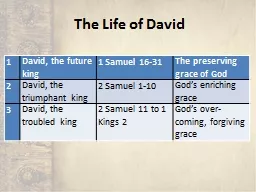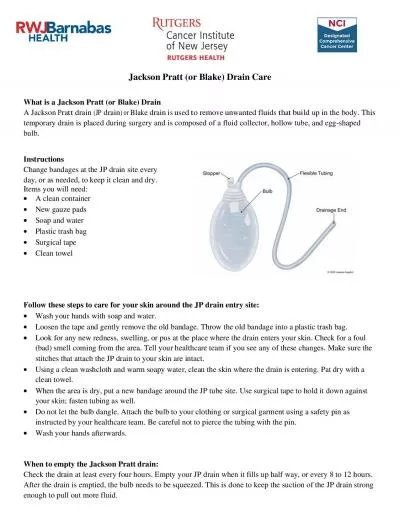PPT-Adam J. Fleisher David W. Pratt
Author : victoria | Published Date : 2023-10-28
University of Pittsburgh Alessandro Cembran Jiali Gao University of Minnesota Charge redistribution in the β naphthol water complex as measured by high resolution
Presentation Embed Code
Download Presentation
Download Presentation The PPT/PDF document "Adam J. Fleisher David W. Pratt" is the property of its rightful owner. Permission is granted to download and print the materials on this website for personal, non-commercial use only, and to display it on your personal computer provided you do not modify the materials and that you retain all copyright notices contained in the materials. By downloading content from our website, you accept the terms of this agreement.
Adam J. Fleisher David W. Pratt: Transcript
Download Rules Of Document
"Adam J. Fleisher David W. Pratt"The content belongs to its owner. You may download and print it for personal use, without modification, and keep all copyright notices. By downloading, you agree to these terms.
Related Documents


